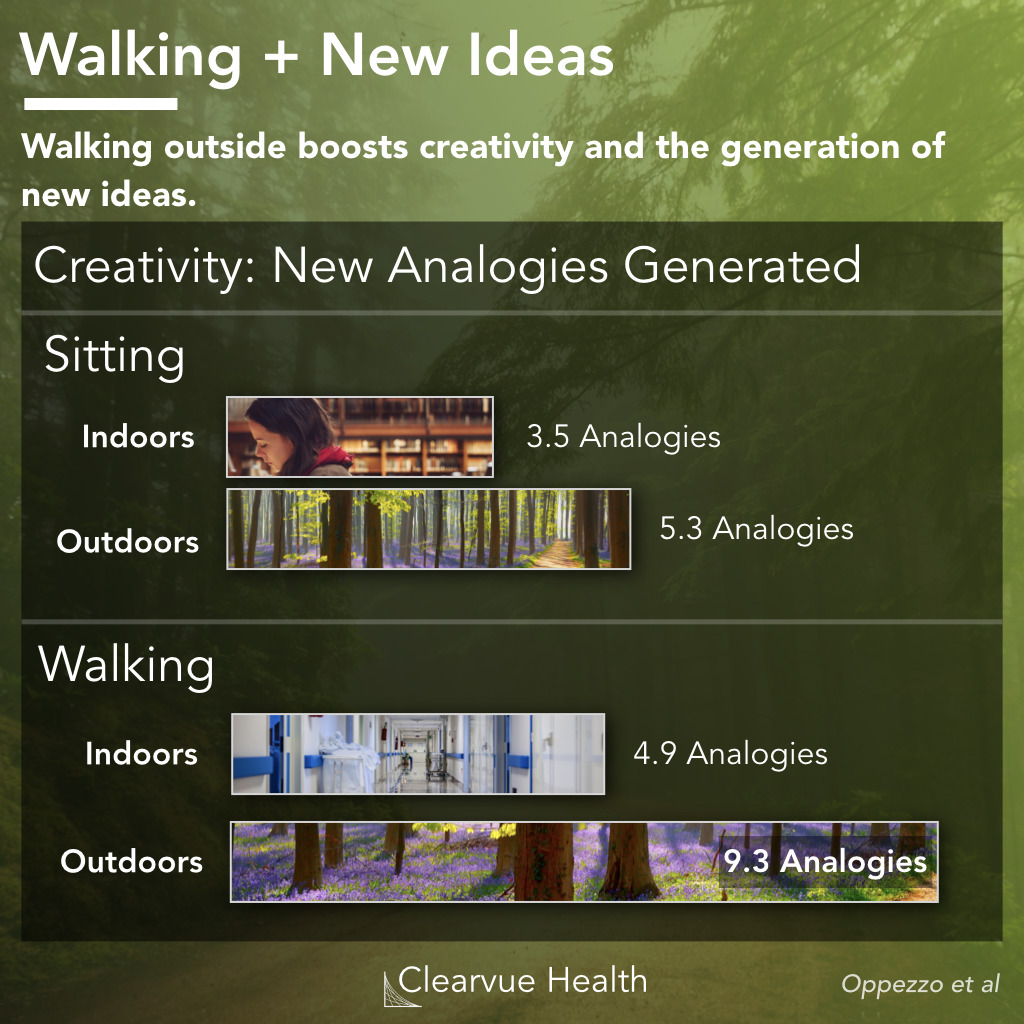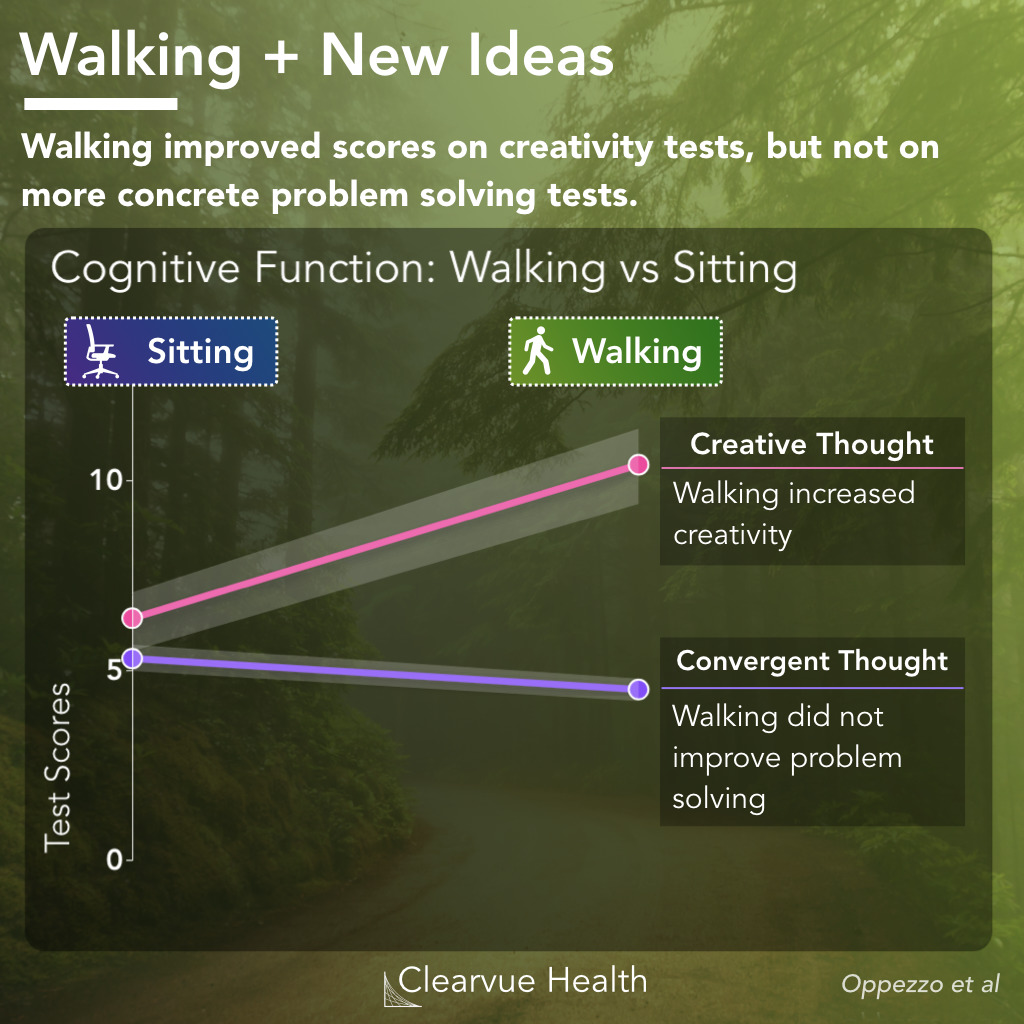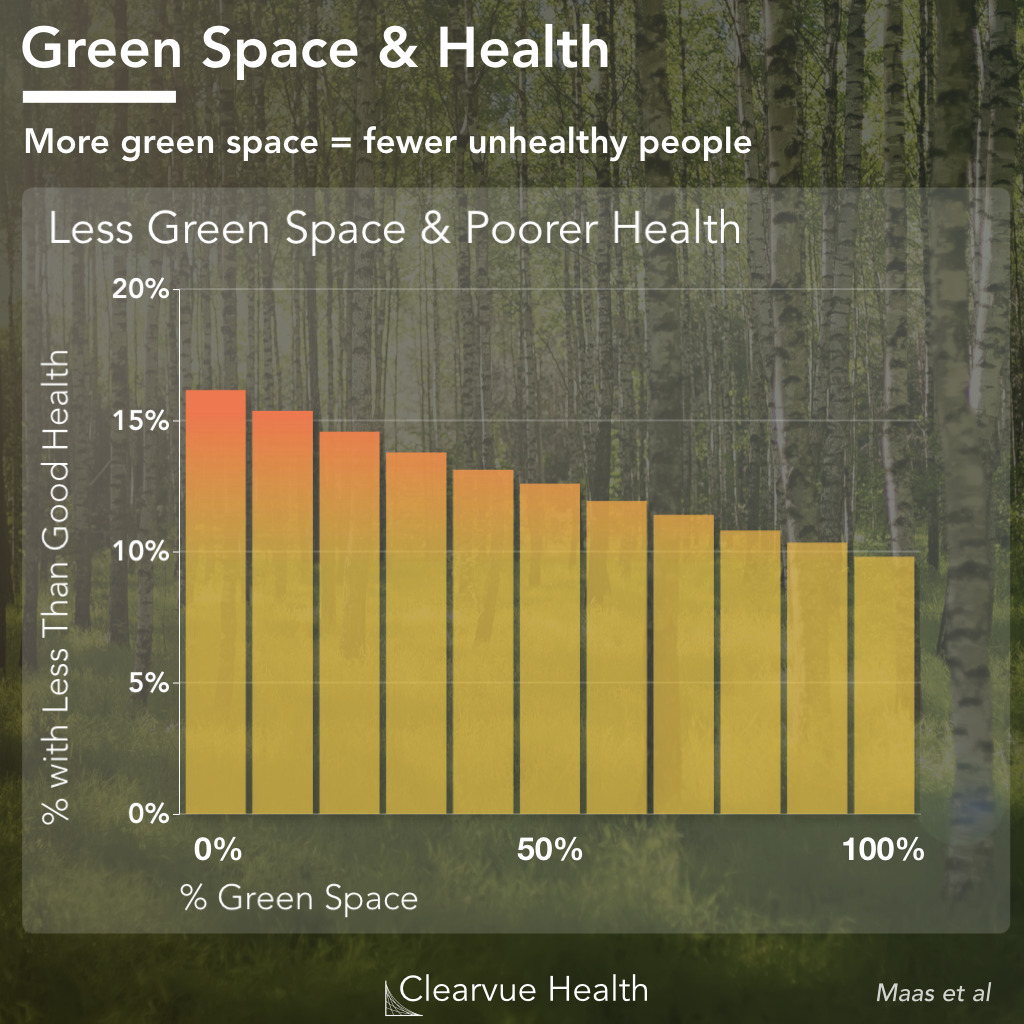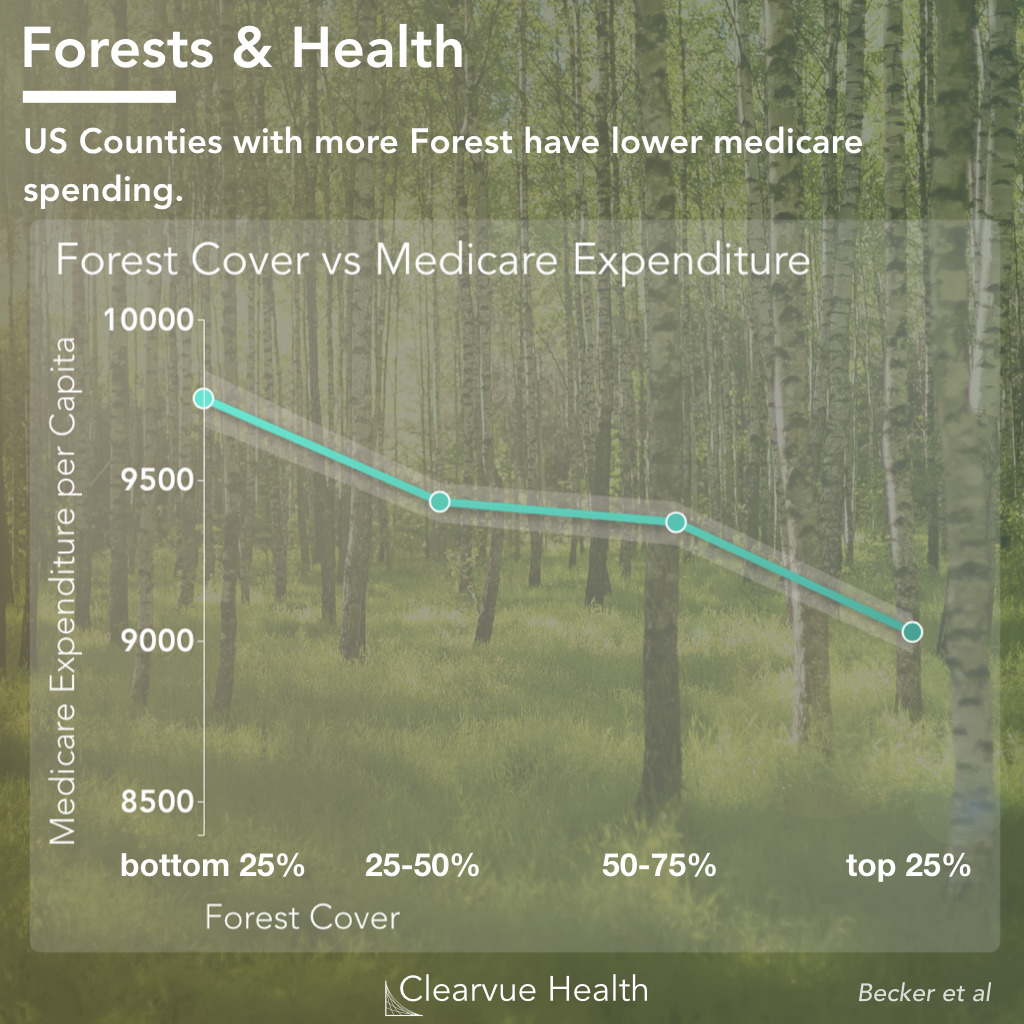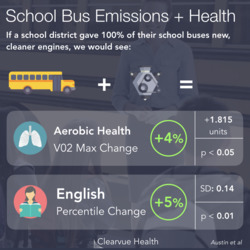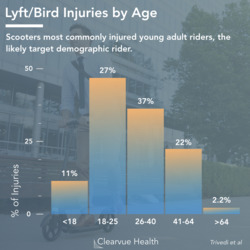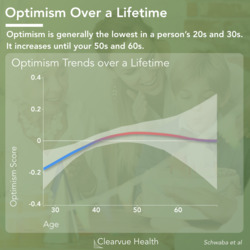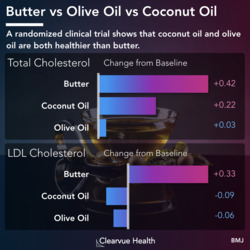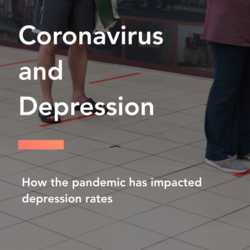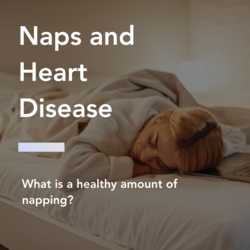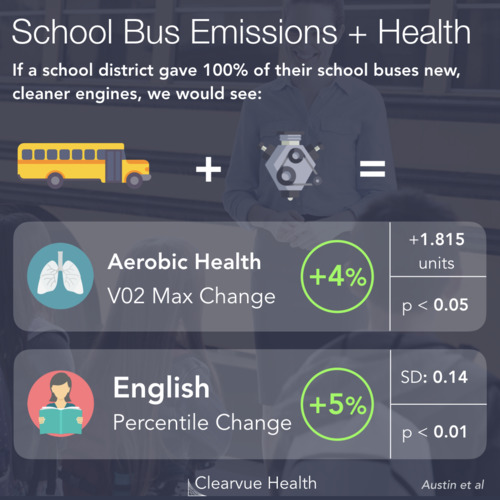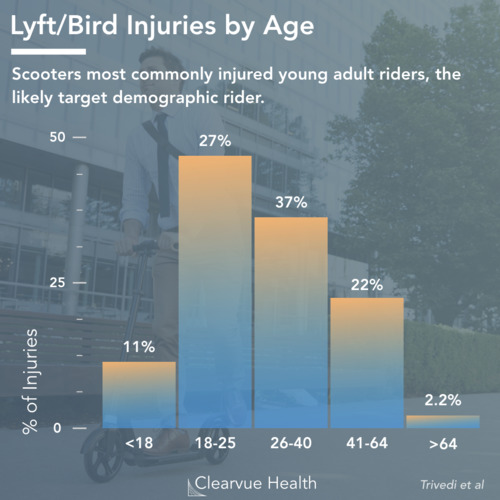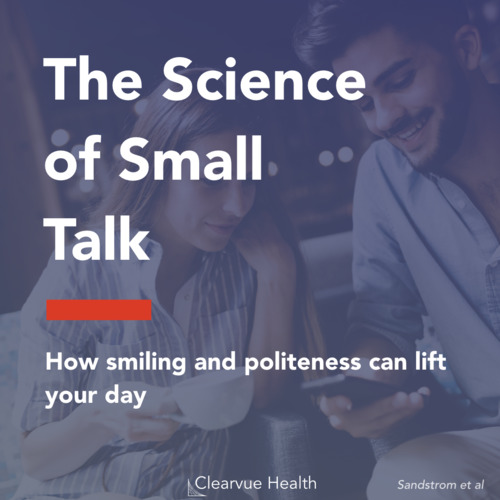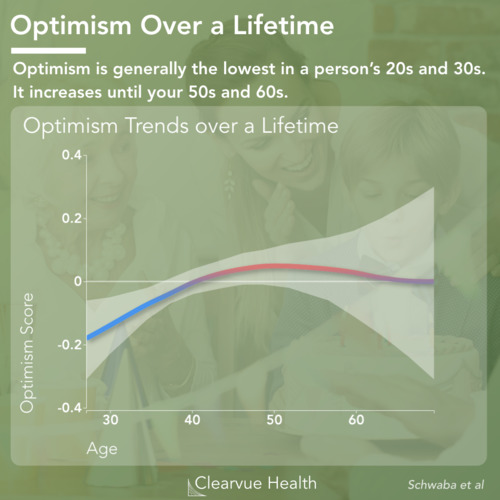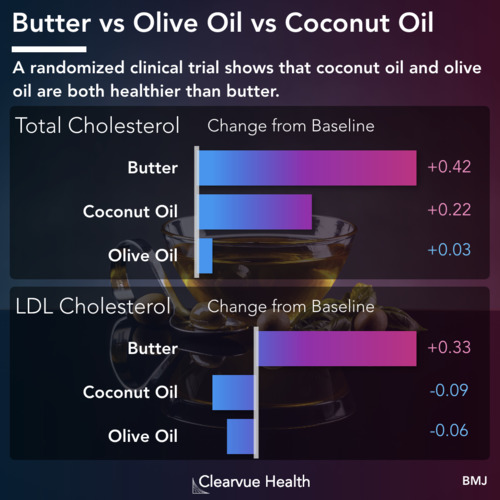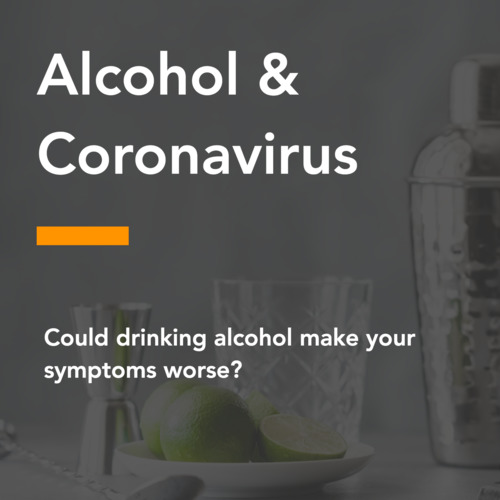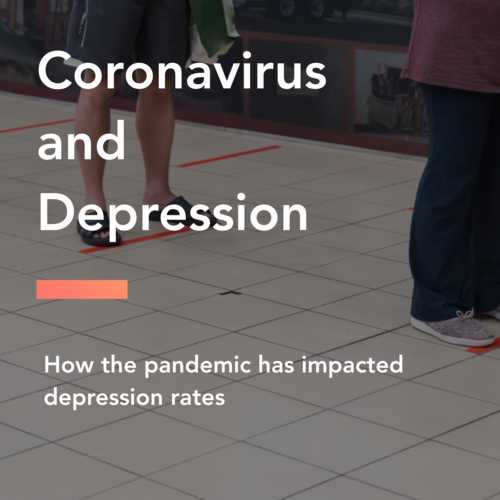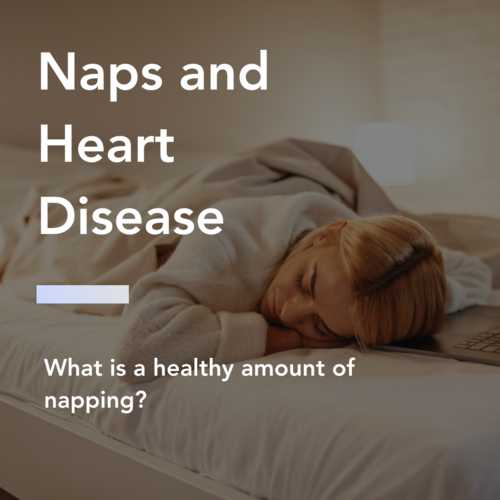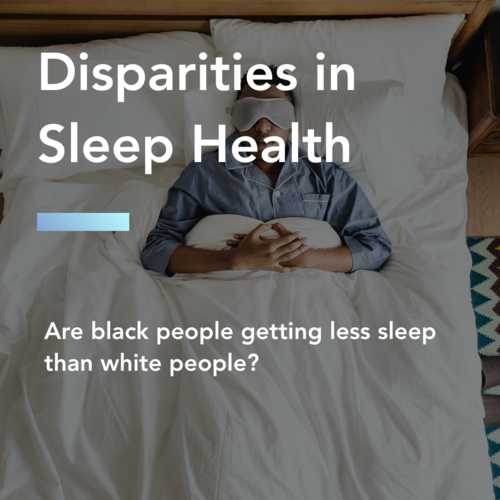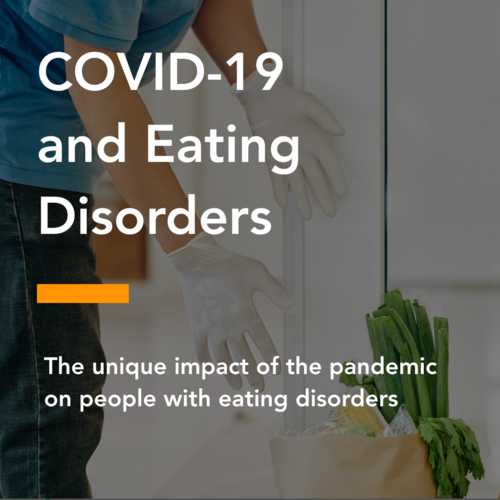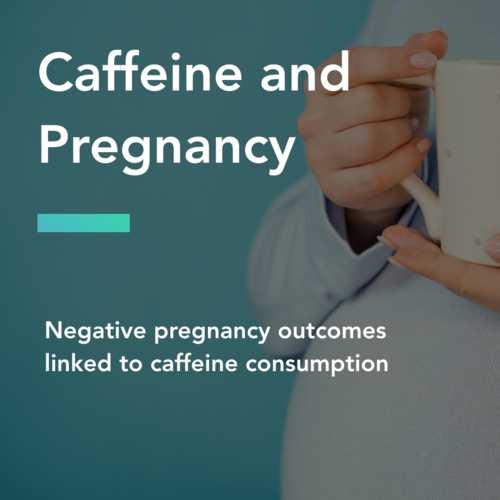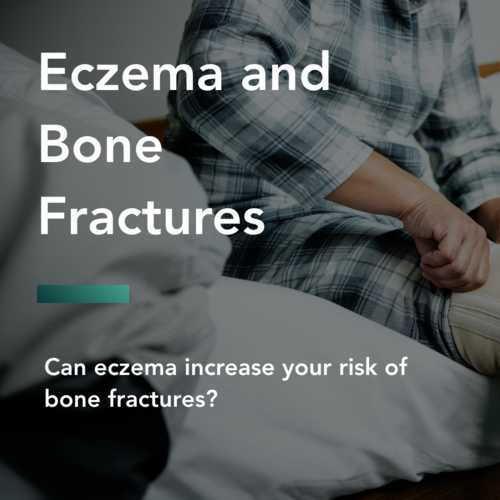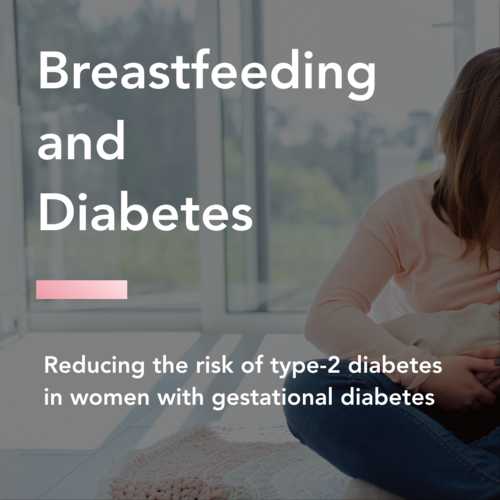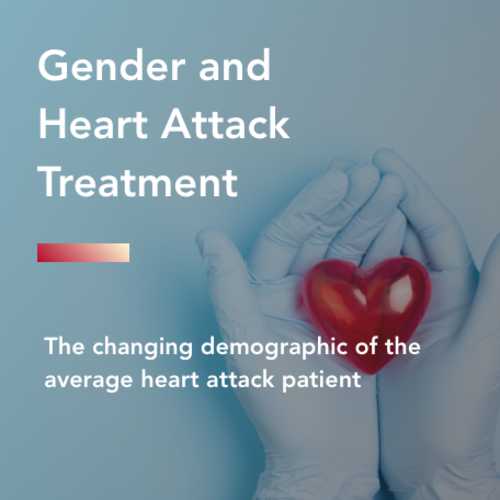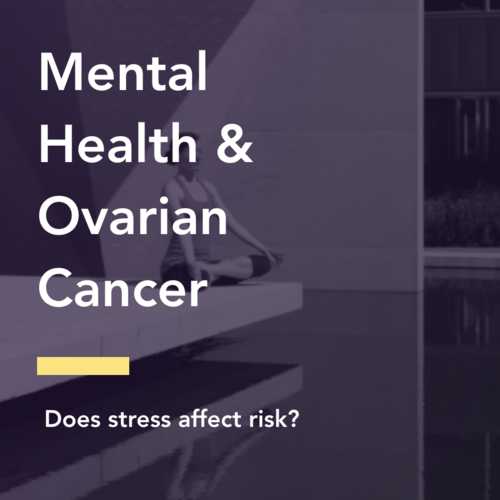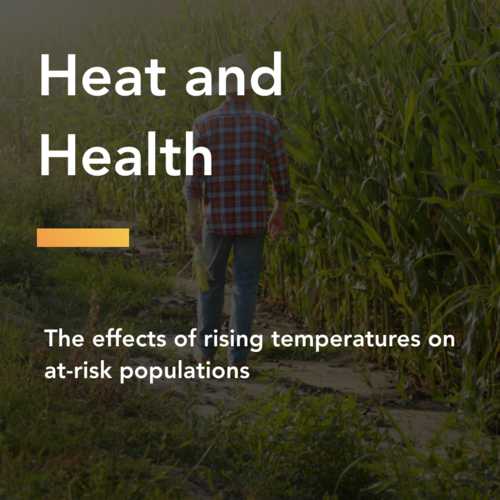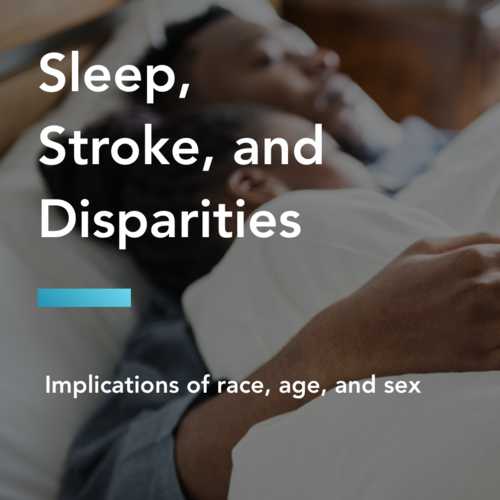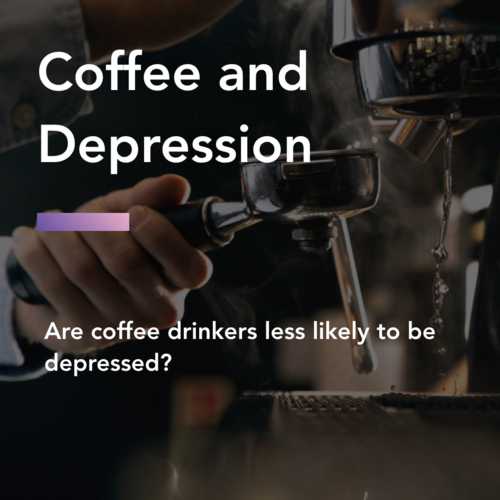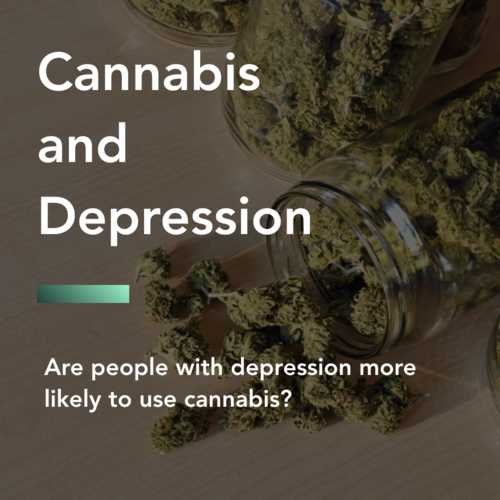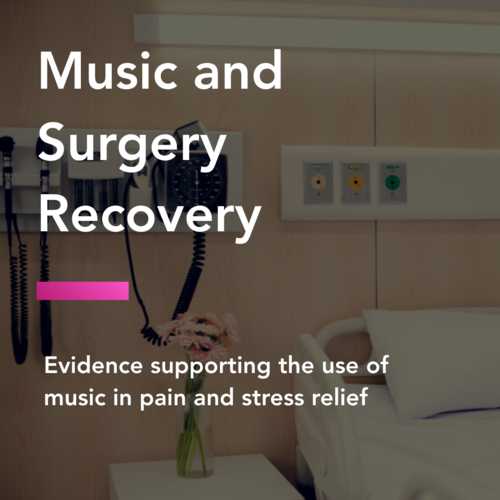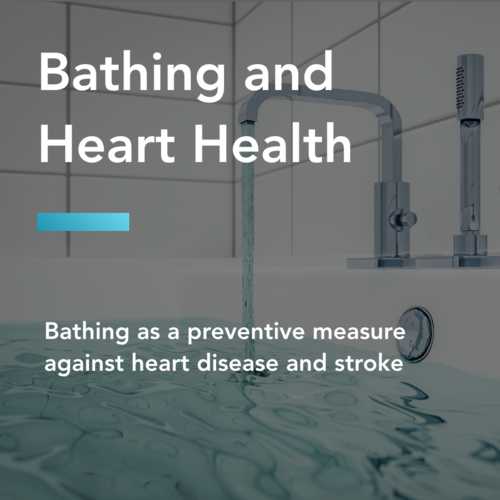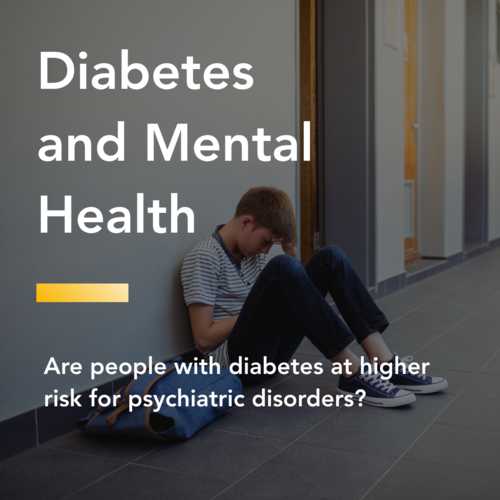Commuting and Happiness in the United States

Figure 1: Commuting and Happiness in the United States. Data from a research study on commutes and happiness in Portland, OR found that active commuters who biked to work were much happier than those who drove and those who took public transportation. 828 Individuals in Portand, OR were surveyed. From these surveys, researchers measured commute well-being using a composite score.
Two studies in Sweden and the United States both came to the same conclusion: People who bike or walk to work are happier. If you want to make commutes less miserable, active commutes involving biking or walking is the way to go.
In a study in Portland, OR, researchers found that individuals who biked to work were significantly happier than those who drove or took public transportation.
They found that those who took public transportion were slightly happier than those who drove, but the difference was insigificant.
Source: Commute well-being differences by mode: Evidence from Portland, Oregon, USA
Commuting and Happiness in the Sweden

Figure 2: Commuting and Happiness in Sweden. Data from a research study on commutes and happiness in Sweden found that active commuters who biked to work were much happier than those who drove and those who took public transportation. 713 Individuals across Stockholm, Göteborg, and Malmö were surveyed. From these surveys, researchers calcuted STS, a composite statisfaction score.
A similar study in 3 Swedish cities came to a very similar result. Despite having a different climate, culture, and being on a different continent, individuals in Sweden similarly reporting being happier if they biked to work than if they drove or took public transportation.
Researchers found that driving to work was slightly better than taking public transportation , but the difference was small and insignificant.
Correlation does not imply causation
Of note, this study only looked at correlations, which do not imply caustion. While causal relationships are correlated, correlated events are not necessarily causal. One common example is the link between churches and crime. The number of churches in a square mile is significantly correlated with crime. However, this is not evidence that churches cause crime. Rather, it reflects that fact areas with many churches have a higher populations.
Source: Happiness and Satisfaction with Work Commute
Time Spent Commuting & Happiness

Figure 3: Time Spent Commuting & Happiness in Portland. Data from a research study on commutes and happiness in Portland, OR found that happiness goes down with the length of a person's commute, except for cyclists. Those who bike to work were happy no matter the length of their biking commute. 828 Individuals in Portand, OR were surveyed. From these surveys, researchers measured commute well-being using a composite score.
When researchers looked at the time spent commuting, they found that not surprisingly, most people got unhappier as their commutes got longer.
For commutes under 20 minutes, the difference between different forms of transportation was small and insigificant.
However, for longer commutes, happiness began to diverge. Long commutes spent driving or on public transportation tended correlated with less happiness.
The one exception was cycling. Portlanders who biked to work were happy no matter how long their commutes were.

Figure 4: Time Spent Commuting & Happiness in Sweden. Data from a research study on commutes and happiness in Portland, OR found that happiness goes down with the length of a person's commute. 713 Individuals across Stockholm, Göteborg, and Malmö were surveyed. From these surveys, researchers calcuted STS, a composite statisfaction score.
A similar relationship was found in Sweden. Longer commutes were unsurprisngly associated with less satisfaction. However, unlike the Portand study, they did not break this down by biking vs driving.
Key Takeaways
Research across multiple countries have confirmed, if you want a happier commute and a more satisfying work experience, try walking or biking!
An even larger study of 17,985 British commuters (link below) came to a similar conclusion: those who cycled or walked to work were happier than those who drove. Additionally, the more someone walked in their commutes, the happier they were.
“
Our main observation of a positive association between active commuting and wellbeing was supported by four distinct groups of analyses...Furthermore, the commuting time analyses showed a positive relationship between time spent walking and wellbeing which, together with the observed increased effect sizes as participants with shorter commutes were progressively excluded from the first group of analyses, indicate a dose–response relationship.
Martin et al
Source: Does active commuting improve psychological wellbeing? Longitudinal evidence from eighteen waves of the British Household Panel Survey
Related: Walking and Creativity
Walking to work may help with creativity. Did you know that a Stanford study found that walking stimulates the generation of new ideas? Walking outside provided even more new ideas than walking inside.
Related: Green Space and Health
If you do decide to try walking or biking to work, try taking a scenic route around some forests or some parks!
Did you know that forests correlate with better health and lower health spending? Several studies have shown clear benefits to being around or living near a forest. Just a few trees outside a hospital room window improves surgical recovery.




